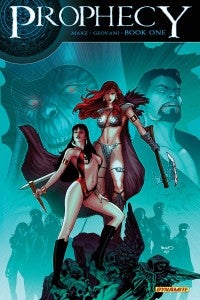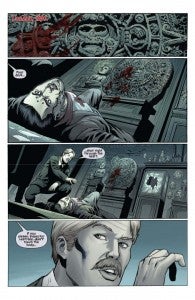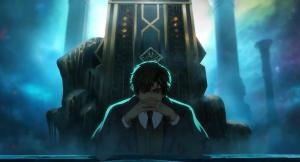Veteran writer Ron Marz, the co-creator of characters like Kyle Rayner for DC and Shinku, a currently-running creator-owned book at Image with collaborator Lee Moder, recently left a remarkable run on Witchblade for Top Cow and found himself working less for mainstream publishers than he had in years.With DC’s Voodoo off his plate after only six issues and Magdalena plagued by delays, Marz was working only on Shinku and Artifacts by the time the first issue of his new Dynamite Entertainment crossover series, Prophecy, hit stores last week. Marz joined us to talk about the series.Prophecy is one of those books I’ve only seen a limited amount of press for. Can you give the basic premise for the fans reading? It’s Dynamite’s public domain heroes and licensed coming together in a wild orgy of a team-up, right?It’s kind of a motley crew, in terms of the characters involved. For me one of the things that made it really attractive was, “Okay, this is the collection of characters I’ve got. Can I find a way to put all of these into a story and have the thing make sense?” The diversity of the characters was actually an attraction for me; sometimes these things creatively are like putting together a puzzle and that’s something that–look, I’ve done enough of these things where it could become a very sort of rote exercise but with this diversity of characters I don’t think that’s a problem, here.
2012 Prophecy Comes Alive at Dynamite With Ron Marz
Veteran writer Ron Marz, the co-creator of characters like Kyle Rayner for DC and Shinku, a […]















